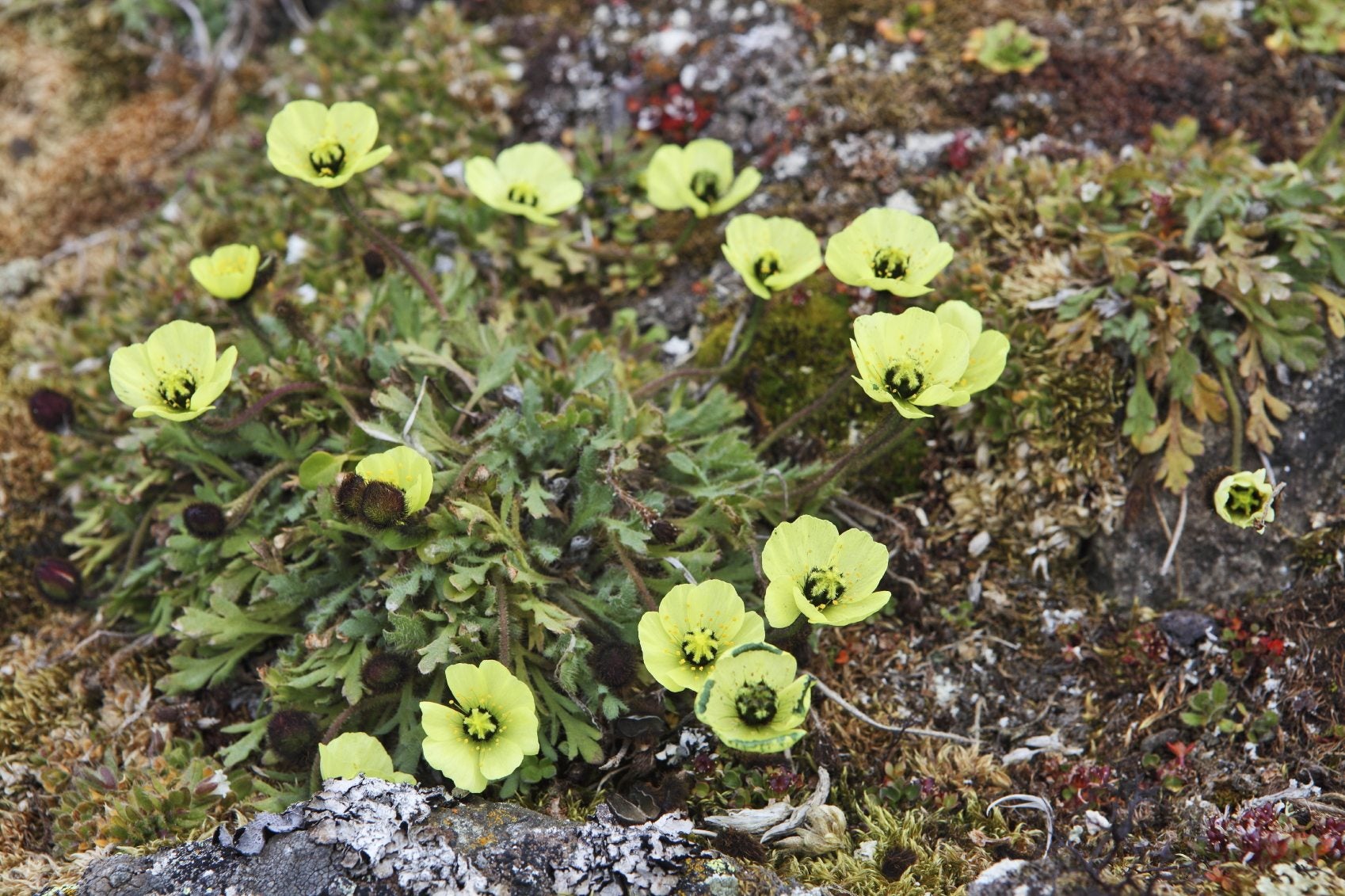Arctic Poppy Facts: Learn About Iceland Poppy Growing Conditions


Arctic poppy offers a cold hardy perennial flower that is adaptable to most of the regions of the United States. Also called Iceland poppy plant, this herbaceous, low-growing plant produces numerous single papery blooms in a wide range of colors. Iceland poppy growing conditions are extremely variable, making this short-lived perennial a natural choice for a variety of landscape situations. Once you know how to grow Arctic poppies, they will grace your garden for decades, as the blooms will self-sow for a constant supply of these lovely flowers.
Arctic Poppy Facts
Papaver nudicaule is the botanical name for the Iceland poppy plant. The plants provide an alternative for beds and borders, containers, rocky areas, and cottage gardens. The cheery blooms are up to 3 inches (7.5 cm.) across and consistently produce during spring. These plants are propagated primarily through seed sown in spring or late summer. Arctic poppy’s native range is arctic to sub-arctic climes. They are tolerant of temperate zones, provided there is not an excess of humidity. As an alpine plant, the flowers are cup-shaped and follow the sun to absorb more solar energy in low-light regions. Blooms have crinkly tissue paper petals in a wide range of hues including yellow, red, white, and orange. Complete disclosure of arctic poppy facts should mention the blooms’ short-lived nature, but rest assured, a constant supply of the chubby hairy buds is produced during the entire season. Plants form from a basal rosette and develop wiry, furry stems with broad green buds. The fruit is bloated, oblong, and 5/8 inch (2 cm.) long filled with tiny black seeds.
How to Grow Arctic Poppies
These festive little flowers are easy to grow. Direct sow seeds in cultivated soil in spring or early summer. Iceland poppies are difficult to transplant, so it is a good idea to plant them where they will permanently grow. Amend the soil with plenty of organic matter and choose a full sun location. Seedlings need moisture to mature and thrive, but plants started in early spring can usually garner enough moisture from seasonal rains. Experts recommend fertilizing frequently to keep stands strong and productive. A balanced 20-20-20 fertilizer diluted in the irrigation water promotes blooms and sturdy flower stems.
Iceland Poppy Care
You can plant the seeds and simply sit back and watch them bloom in most cases. A good tip on Iceland poppy care is to deadhead. Heavy spring rains tend to weigh down delicate flowers and cause them to nod in the mud. Remove spent blooms and their seed heads to allow new buds to develop more fully. Arctic poppy is resistant to deer and attractive to butterflies. The tender petals retain their best form when watering is done from the underside of the plant. Blooms only last a few days but with good care, the entire stand will burgeon with flowers for three months or more.
Sign up for the Gardening Know How newsletter today and receive a free copy of our e-book "How to Grow Delicious Tomatoes".

Bonnie Grant is a professional landscaper with a Certification in Urban Gardening. She has been gardening and writing for 15 years. A former professional chef, she has a passion for edible landscaping.